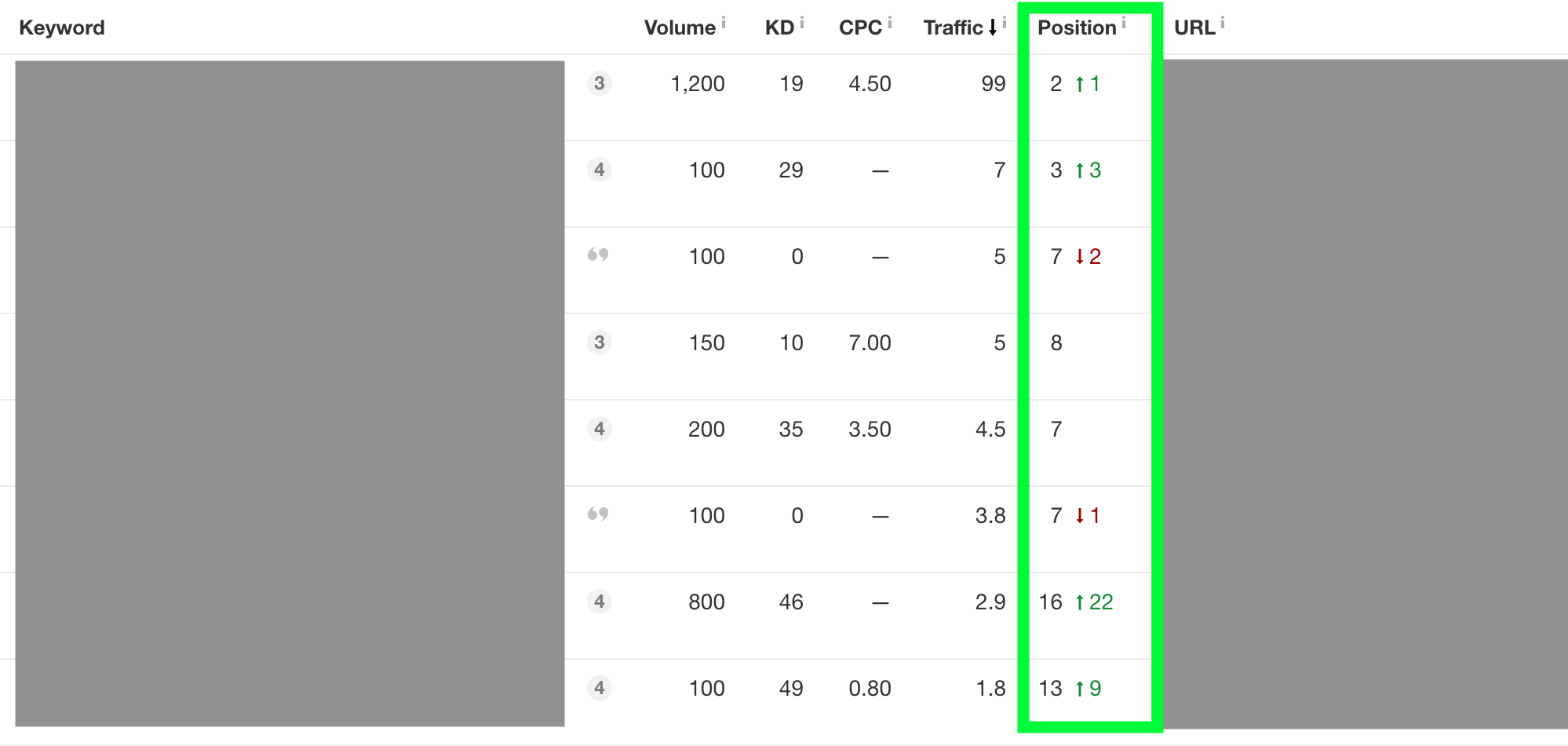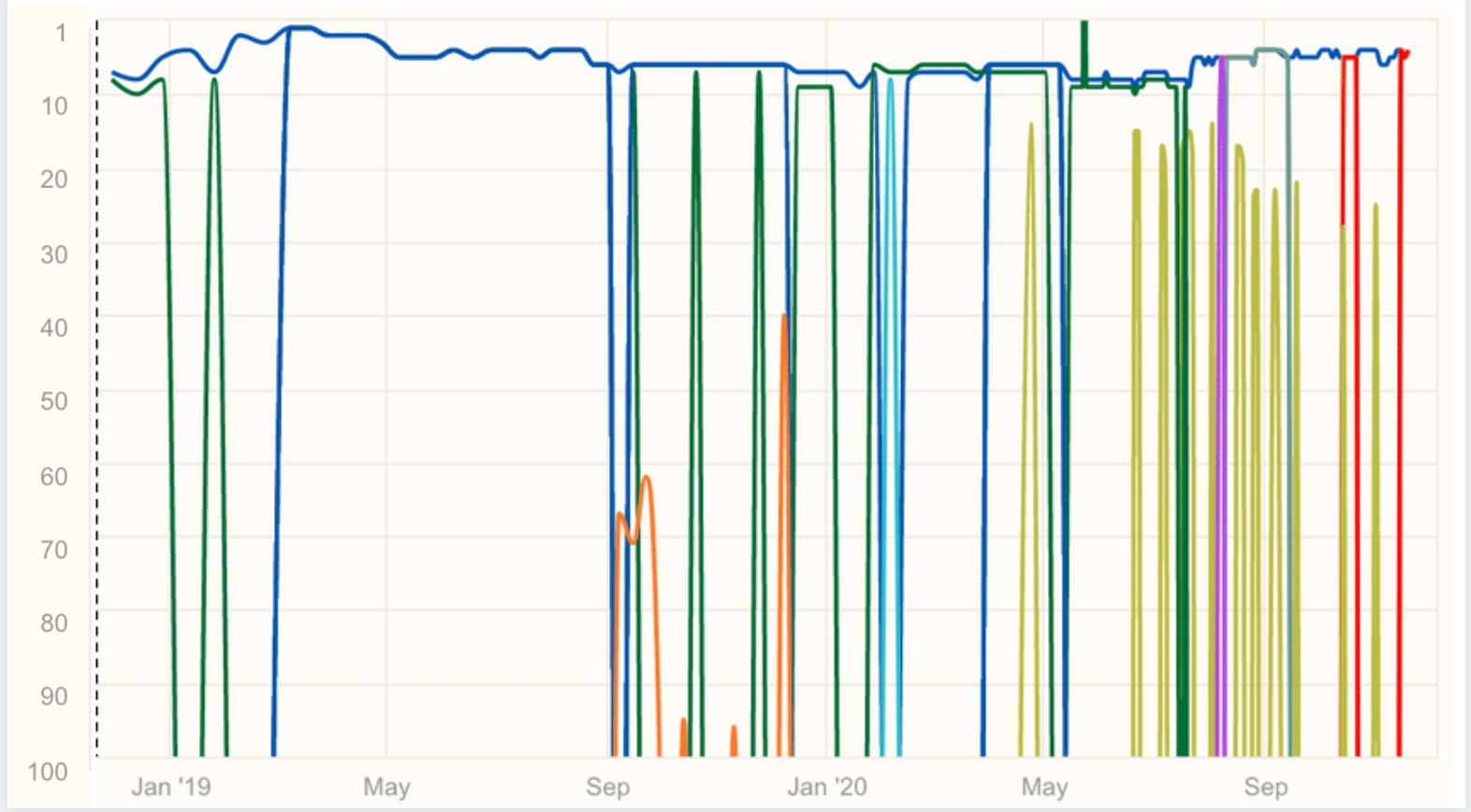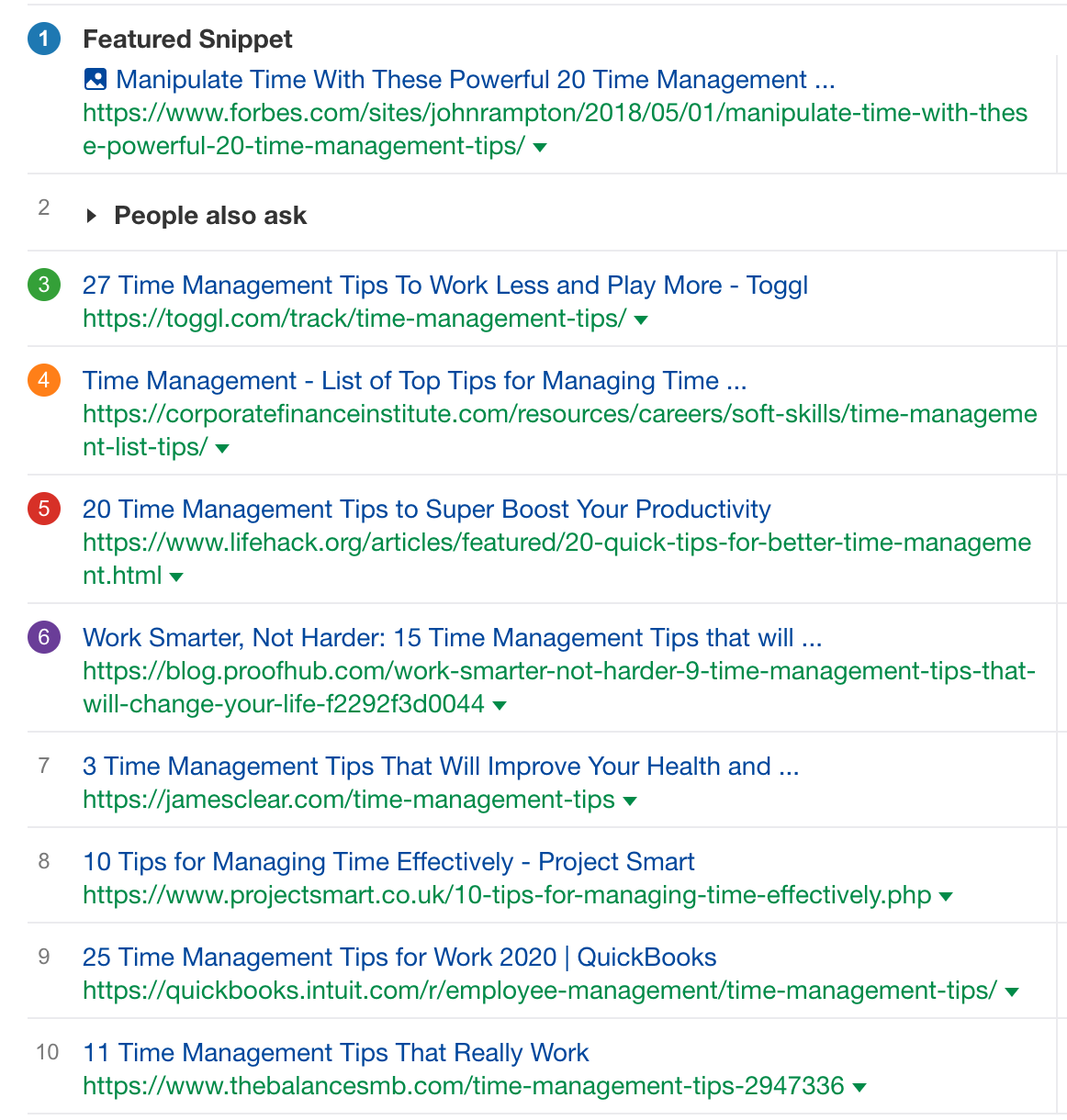Keyword mapping is the hidden art of meeting search intent.
Search intent is the reason why someone is searching on Google.
The keyword phrase is what they enter into the search bar.
If you are the best answer to their search intent, Google will find you most relevant and reward you with the rankings and traffic that you desire.
What Is Keyword Mapping?
Keyword mapping is the process of assigning each page to a target keyword cluster.
Google ranks on the basis of specific URLs.
Each URL needs to be optimized and relevant for the target keywords in order to rank.
Today’s target keyword cluster normally consists of the main keyword (focus keyword) that clearly describes the topic of the page as well as a series of keyword variations and supporting keywords.
Why Keyword Mapping Matters
Now, what has changed recently and why is keyword mapping relevant to your 2021 SEO success?
The caveat is the second part of the last sentence: as well as a series of keyword variations and supporting keywords.
A software client of mine recently won Page 1 with one of our Q4 target pages. The article was published in August 2020.
The main keyword is now, November, ranking in position 2 and organic traffic is starting to pick up.


What do you think: How many supporting keywords and variations are ranking?
In short: There could be hundreds of supporting keywords ranking for your page.

Mapping Sub-Topics & Supporting Keywords
This is a reason to celebrate.
But this is also why keyword mapping matters so much.
Why?
My software client’s blog post, which I mentioned in the prior section, is an educational blog post about a topic (business, management).
The supporting keywords that are ranking today include variations like:
- What is [topic]
- Define [topic]
- [Topic] definition
- Goal of [topic]
- [Topic] management
- [Topic] examples
- [Topic] principles
- [Topic] strategy
- [Topic] systems
- [Topic] best practices
In short: The article covers every question that someone new to the topic would have.
A similar example is this article about time management tips by Toggl (not affiliated with them). Check them in your SEO tool. It ranks for 1.600 keywords, more than 400 keywords on Page 1.
Would you have been tempted to cover these subtopics in a series of articles instead of one long-form guide?
And if, so would you possibly have missed search intent and a powerful rankings opportunity?
Or, even worse, would you have created keyword cannibalization where a bunch of your articles fighting for the same keywords, so that no article ends up ranking or rankings always switch?
Keyword cannibalization looks like this:

On the left side, you can see the ranking position. 100 at the bottom and the best position (1) on the top.
Each line is one page on the same website. The line is the ranking development of that page over time.
In this chart, the ranking page is constantly switching. Google simply can not decide which page is most relevant.
So pages keep coming in and out of the index without ever sticking.
This hurts your ranking changes and organic performance.
Don’t play hard to get.
Work on your keyword mapping and make it clear to Google which page they should be ranking for a target keyword.
Lastly, keyword mapping matters because Google is getting better and better at understanding search intent and the relevant subtopics needed to meet search intent.
Page 1 for “time management tips” is full of long-form, Wikipedia-esk articles covering all the subtopics in one guide.

“The goal … is to understand the type of content that Google is looking to serve to users based upon what Google knows about the user’s intent,” says Kane Jamison from Content Harmony – and I couldn’t agree more.
Mapping your target keyword alone is not enough for SEO.
Take the time to dive into Page 1 to get a sense of the supporting keywords needed to fully cover the topic and meet search intent.
Avoid spreading the keywords across many pages and creating competing articles and put your efforts into great, evergreen content that really satisfies search intent and the needs of the person searching.
How to Avoid Keyword Cannibalization
So, what if you have a bunch of similar keywords and subtopics and you are unsure whether they should be mapped to the same page or different ones?
The qualitative way (without tools) to figure this out is to review Page 1.
Go into Incognito mode in your browser and compare the search results pages for the different keyword variations.
If you find the same or very similar search results, it means that you should be mapping the keyword to the same page.
If the search results look radically different and your competitors have clearly distinct pages that cover the different keyword variations, that indicates to you that they should be mapped to different URLs.
You can also do this by using an SEO tool like Ahrefs.
Ahrefs’ Keyword Explorer has a function named “Traffic Share By Pages”.
Let’s enter two very similar target keywords into Keyword Explorer:
- “time management”
- “time management tips”
You can see that 8 of the first 10 search results target these two keywords on the same page – as should you.

Now, let’s check for:
- “time management hacks”
- “time management skills”

You can see that pages about “time management skills” do not tend to rank for “time management hacks.”
This indicates that you should be creating two pages for the two topics.
Probably the people looking for hacks and shortcuts are different, with different needs and search intent from the people looking to master the skill.
In short:
Meeting search intent + great keyword mapping = targeted pages with the best chances of ranking success.
Summary: Using Keyword Mapping for SEO
Now, it is your turn.
Enter some of your best-performing pages into your SEO tool to see the number of keywords they are ranking for. I bet that it will be hundreds.
Then get into a habit of checking for keyword cannibalization when content planning to make sure that your keyword mapping is super tight.
Happy ranking!
More Resources:
- How to Do Keyword Research for SEO: A Simple Step-by-Step Guide
- 7 Tips That Will Help You Optimize Your Keyword List for SEO
- How to Integrate Keyword Mapping into Data Studio
Image Credits
All screenshots taken by author, November 2020





